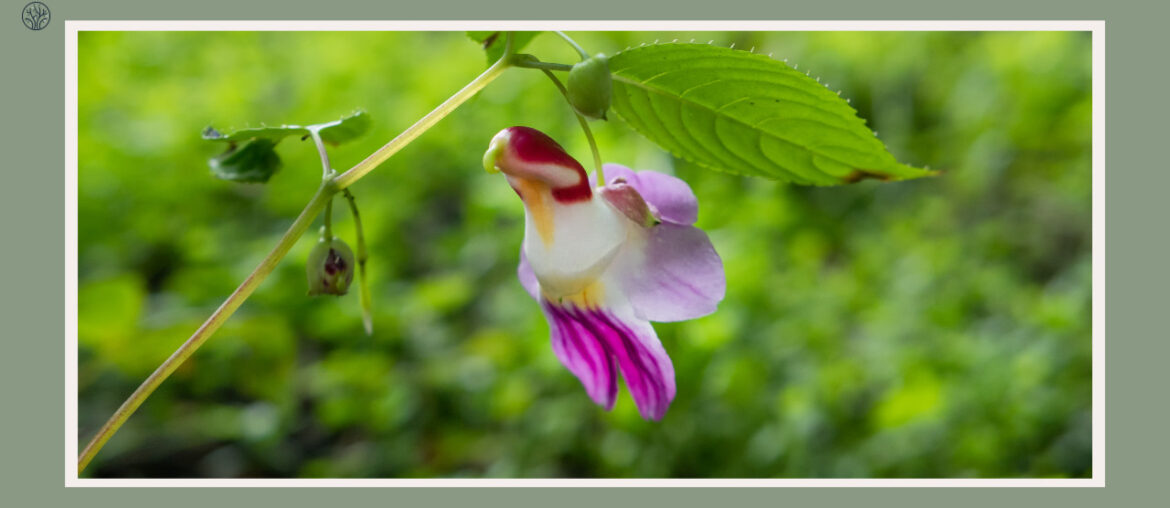In our last blogs, we have shown you some amazing examples of plants that look like other plants, such as the bamboo-like horsetail or the cannabis-like Japanese maple. But nature’s creativity doesn’t stop there.
In this blog, we’re going to explore another fascinating phenomenon: plants that look like animals. Trust us, this isn’t impossible. So, get ready to be amazed by some of the most incredible plant-animal lookalikes you’ve ever seen.
- 1. Parrot Flower (Impatiens psittacina)
- 2. White Egret Orchids (Habenaria radiate)
- 3. Bee Orchids (Ophrys apifera)
- 4. Rabbit Succulents (Monilaria obconica)
- 5. Monkey Face Orchid (Dracula simia)
- 6. Flying Duck Orchids (Caleana major)
- 7. Hummingbird Flower (Crotalaria cunninghamii)
- 8. Dolphin Succulent (Curio x peregrinus)
- 9. Moth Orchid (Phalaenopsis)
- 10. Bumble Bee Orchid (Ophrys bomybliflora)
- 11. Naked Man Orchid (Orchis italica)
- FAQs
Key Takeaways
- There are many plants that look like animals, including the Monkey Face Orchid, Rabbit Succulents, and Bee Orchid, etc.
- Many of these plants are rare or endangered, which shows the need for conservation efforts.
- These plants use their animal-like looks to pollinate, attracting certain pollinators with their shape and color.
1. Parrot Flower (Impatiens psittacina)
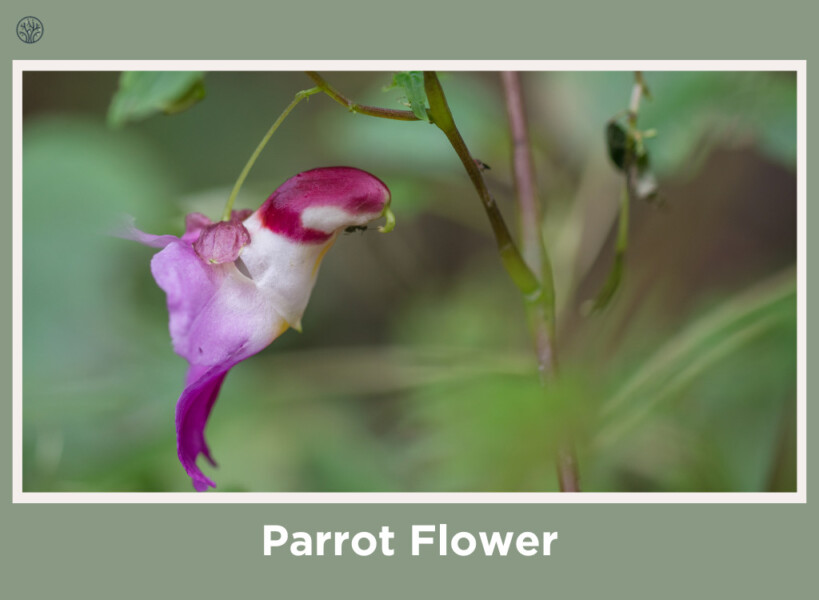
The Parrot Flower is a stunning example of nature’s creativity, as it looks like a parrot in flight when seen from a certain angle. This rare and beautiful flower belongs to the Impatiens family and is native to Southeast Asia, where it grows in moist and shady forests.
Its vibrant petals, with colors ranging from purple to red to pink, mimic the colorful feathers of a parrot, while the flower’s unique curved shape resembles the bird’s beak and body. Due to its rarity and specific growing conditions, it’s considered a protected species in some regions.
2. White Egret Orchids (Habenaria radiate)
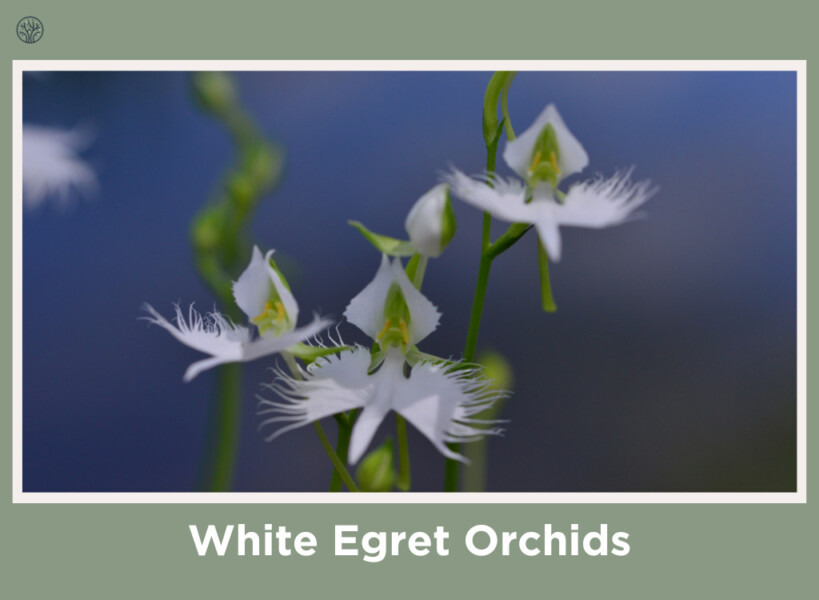
The White Egret Orchid is a marvel of nature, as it looks like a graceful white bird soaring in the sky. This orchid is native to Japan, where it grows in wet and marshy habitats. The flower has pure white petals that fan out like wings, with delicate fringes and details that create a bird-like shape.
The White Egret Orchid is a rare and precious plant, as it needs specific conditions to survive and faces threats from habitat loss and over-collection. Their flower blooms in summer, enchanting gardeners and photographers with its ethereal charm and serene atmosphere.
3. Bee Orchids (Ophrys apifera)
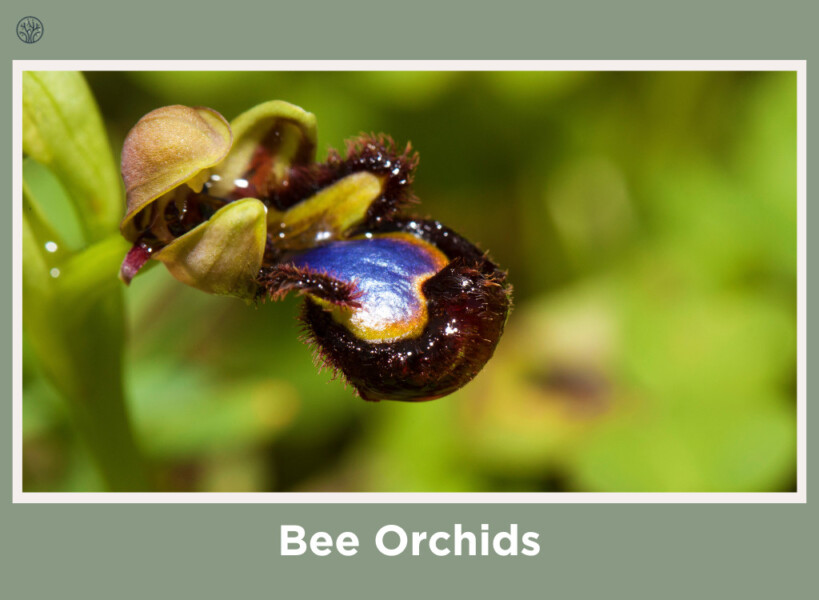
The Bee Orchid is a fascinating plant that looks like a bee in disguise. The flower has soft petals that are colored like a bee, with brown, yellow, and pink patterns. The middle part of the flower, usually darker, looks like the bee’s body, creating a realistic illusion. This clever mimicry is not just for show; it helps the plant attract and pollinate with bees.
Native to Europe, the Bee Orchid can grow in different habitats, from open grasslands to Mediterranean regions. What’s interesting is that this orchid can also pollinate itself, a skill that helps it survive even when there are not many bees around. The Bee Orchid typically blooms from late spring to early summer, presenting a short but delightful display.
4. Rabbit Succulents (Monilaria obconica)
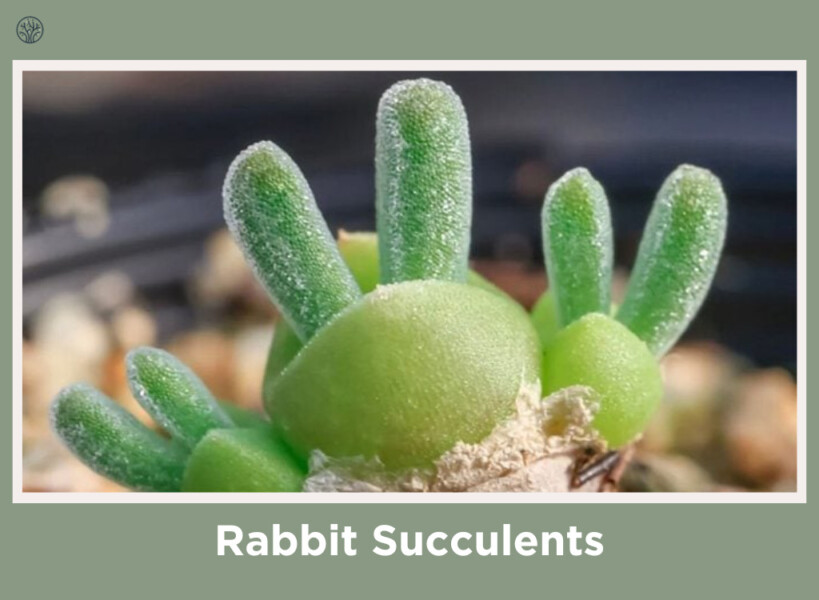
Rabbit Succulents are cute and quirky types of plants that look like animals’ ears. These plants have long, green stems that grow longer as they get older. The stems have a lighter color at the tips, making them look like curious bunny ears. This fun look is not only a joy to see but also a special feature among succulents.
Native to South Africa, Rabbit Succulents thrive in arid environments. These plants are easy to care for, needing only a little water, good drainage, and bright, indirect light. They are great for saving water and adding life to any space.
5. Monkey Face Orchid (Dracula simia)
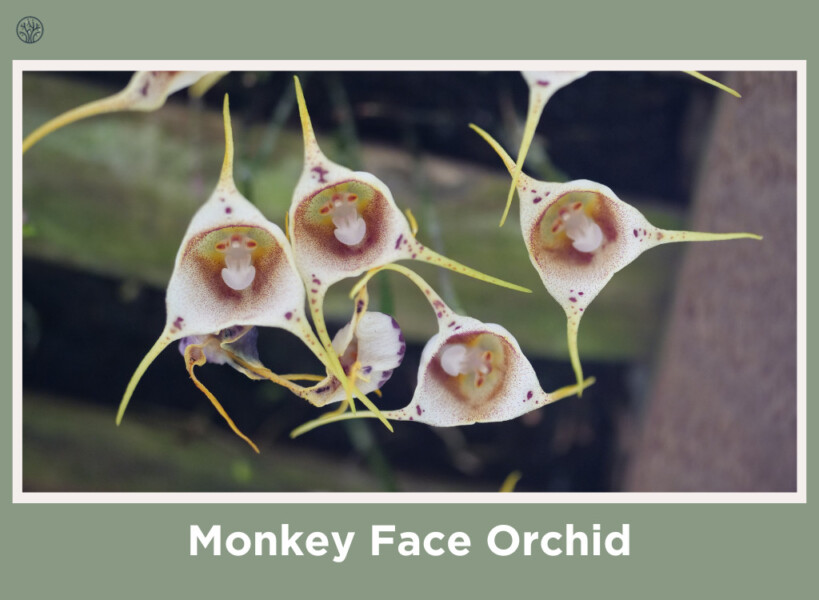
The Monkey Face Orchid is a stunning plant that looks like a monkey’s face. These plants have petals and sepals that look like furry, animals-like faces, with eyes and an expression. The coloration, typically in shades of brown and beige, enhances the simian illusion, making each bloom a miniature masterpiece of natural mimicry.
The Monkey Face Orchid lives in the cloud forests of Ecuador and Peru, where it likes cool and humid places high up in the mountains. This orchid can bloom at any time of the year, but it is more common in winter and spring.
6. Flying Duck Orchids (Caleana major)
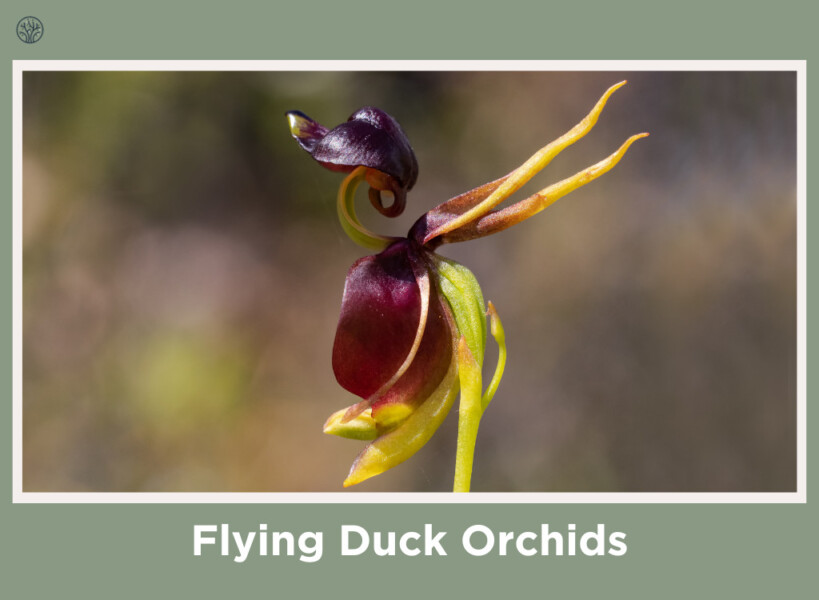
The Flying Duck Orchids are amazing Australian plants that look like ducks flying in the air. These orchids are small but eye-catching, with a shape and color that create a duck-like illusion. The flower has a red and purple “body” and “wings” that look like a duck in motion. The Flying Duck Orchid’s duck mimicry is not only a fun sight but also a smart way to pollinate.
These orchids grow in the woodlands and coasts of southeastern Australia. They prefer well-drained soils and are often hidden among the underbrush. The Flying Duck Orchids bloom from late spring to early summer, offering a brief but spectacular display.
7. Hummingbird Flower (Crotalaria cunninghamii)
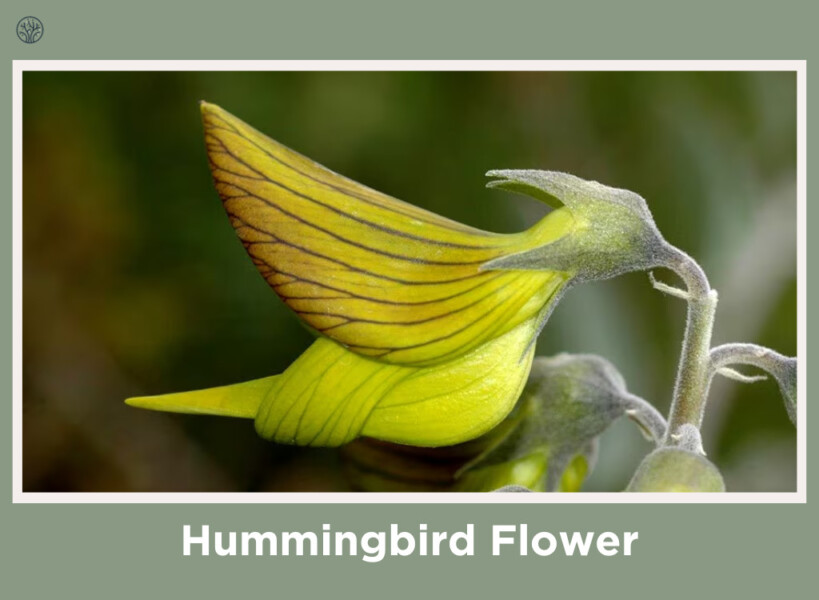
The Hummingbird Flower is a wonderful plant that looks like a hummingbird in flight. The flower has green petals that form a hummingbird’s body, with a long, beak-like part. The petals of this flower look like a tiny hummingbird when seen from the side. The vibrant green color of the flower adds to the illusion, making it look as if a tiny hummingbird is hovering within the plant.
Native to the sandy dunes and coastal regions of northern Australia, the Hummingbird Flower thrives in arid, sandy soils. It’s a resilient plant, well-adapted to the harsh conditions of its native environment. The plant can grow quite tall, reaching up to 9 feet in height, and typically blooms between January and April. The Hummingbird Flower is not only for its unique appearance but also for its traditional use by Indigenous Australians in treating eye infections.
8. Dolphin Succulent (Curio x peregrinus)
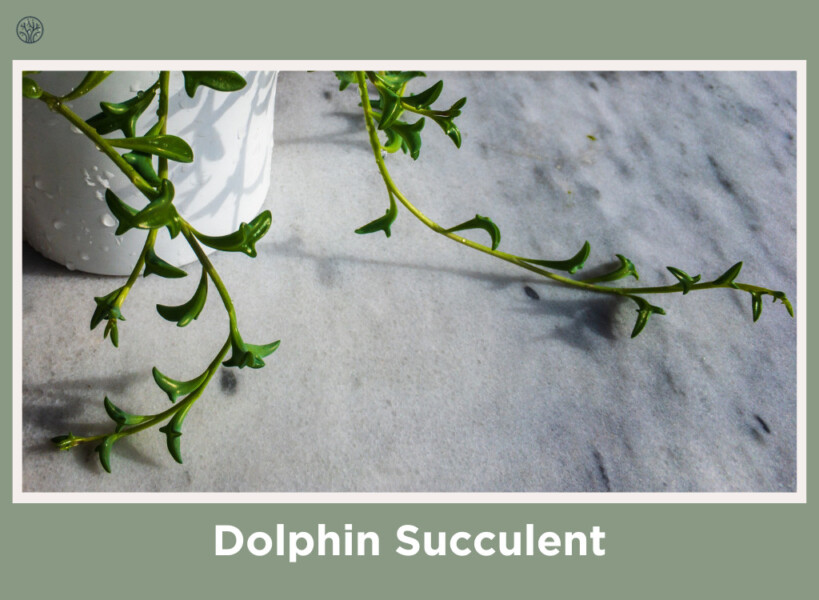
The Dolphin Succulent is a cute plant that has leaves that look like dolphins. These plants have small, curved leaves that have a pointy tip, making them look like these animals jumping in the water.
This hybrid succulent is a result of crossbreeding and is particularly popular in Japan. It thrives in well-drained soil and requires plenty of sunlight, making it an ideal plant for sunny windowsills or outdoor gardens in mild climates. The Dolphin Succulent is relatively easy to care for, requiring minimal watering and standard succulent care practices.
9. Moth Orchid (Phalaenopsis)
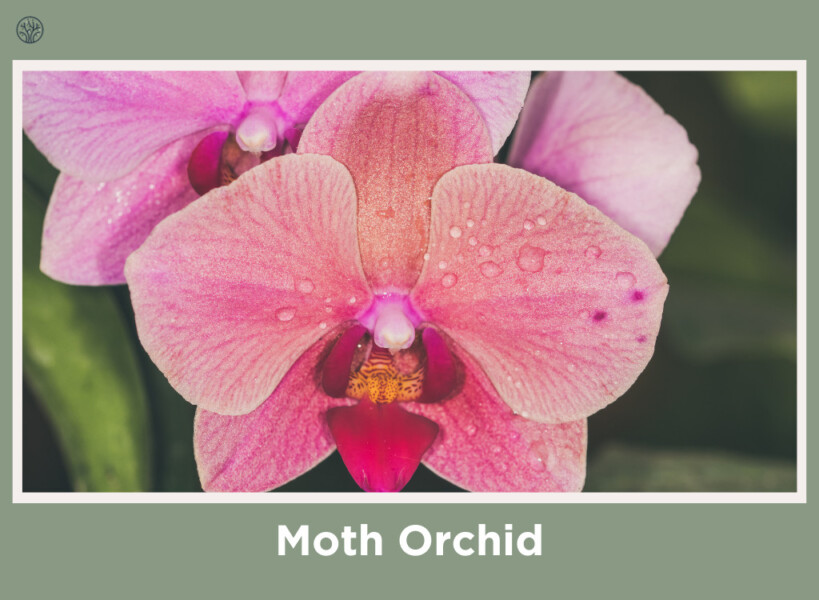
The Moth Orchid is a beautiful plant that has flowers that look like moths flying in the air. The orchid has wide, flat petals and sepals that spread out like moth wings. Their diverse range of colors and patterns enhances their moth-like appearance, making each bloom a unique sight.
Native to Southeast Asia, the Moth Orchid is a versatile and adaptable plant, thriving in a variety of indoor environments. This makes it a popular choice for home and office spaces. Moth Orchids prefer indirect light and high humidity, typical of their natural tropical habitat. They have a long blooming period, often lasting several months.
10. Bumble Bee Orchid (Ophrys bomybliflora)
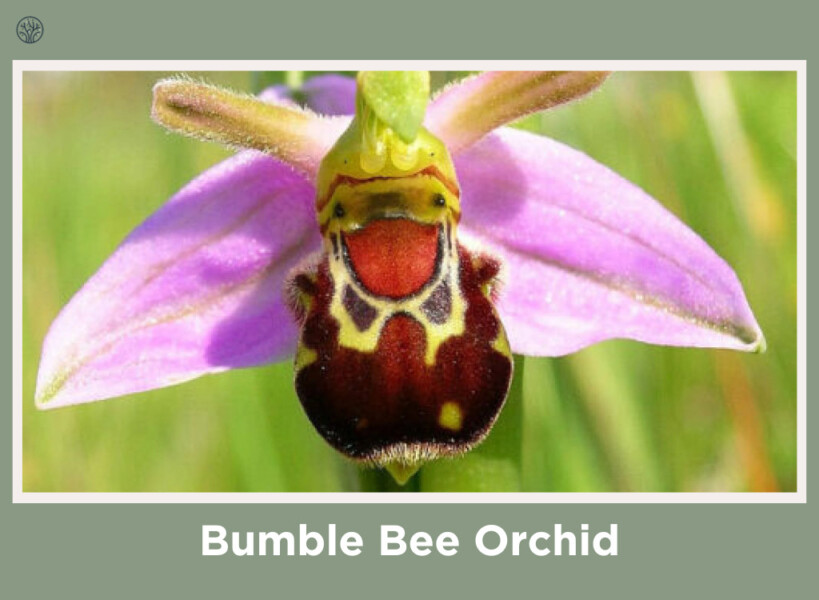
The Bumble Bee Orchid is an amazing plant that has flowers that look like bumblebees. The orchid has petals and sepals that have the same pattern and texture as a bumblebee, with furry bodies and markings. The flower’s lip, or labellum, is particularly similar to a bee, with its brown and yellow coloring and velvety texture.
The Bumble Bee Orchid grows in the Mediterranean, where it can enjoy sunny and dry places like grasslands and woodlands. The plant pollinates by tricking male bees, which try to mate with the flower and carry pollen.
11. Naked Man Orchid (Orchis italica)
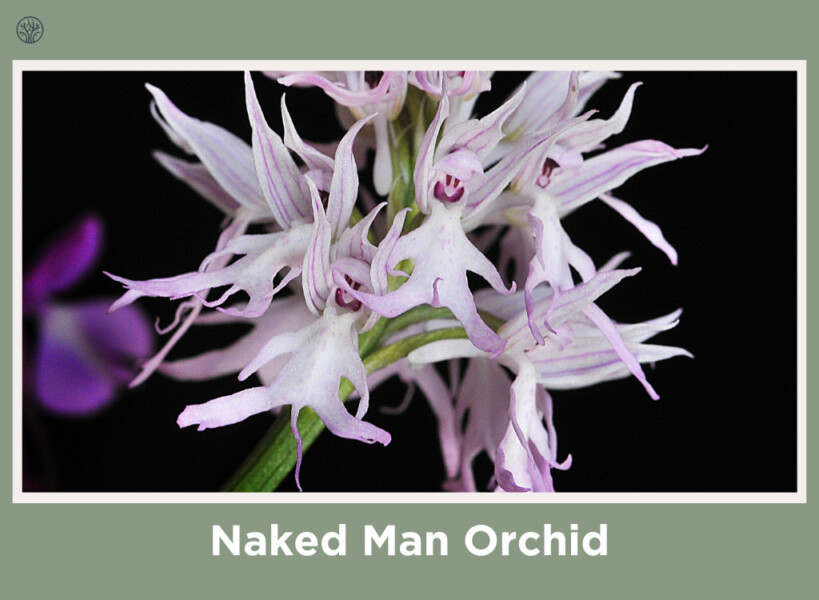
The Naked Man Orchid is a funny and unusual plant that has flowers that look like tiny naked men. The small, pinkish-purple flowers of this orchid are arranged in a dense cluster, each one bearing a resemblance to a naked man. The orchid has small, pinkish-purple flowers that grow in a bunch, each one with a shape like a human body.
The orchid grows in the Mediterranean, where it can live in different places like grasslands, woodlands, and rocks. It flowers in the spring and has tall stems with many flowers.
FAQs
What plant looks like an animal?
There are many plants that have amazing resemblances to animals. One of the most famous ones is the Monkey Face Orchid (Dracula simia), which has flowers that look exactly like a monkey’s face. Other examples are the Bee Orchid (Ophrys apifera), which looks like a bumblebee, and the White Egret Orchid (Habenaria radiata), which looks like a white bird flying in the air.
What is the most animal-like plant?
Many people think that the Monkey Face Orchid (Dracula simia) looks the most like an animal because its flowers have a very detailed and realistic appearance of a monkey’s face. The flowers have parts that look like eyes, nose, mouth, and even hair, making them a remarkable example of nature’s mimicry.
Are monkey-face orchids real?
Yes, Monkey Face Orchids are real plants that grow in nature. They are a type of orchid that is scientifically called Dracula simia, and they are native to the cloud forests of Ecuador and Peru. These orchids are famous for their flowers that look like the face of a monkey.
What are the succulent plants that look like animals?
Some succulents that have animal-like shapes are the Rabbit Succulents (Monilaria obconica), which have long stems that look like rabbit ears, and the Dolphin Succulents (Curio x peregrinus), which have leaves that look like dolphins jumping in the water. These succulents are popular for their cute and fun appearances and are loved by succulent collectors.
How do plants evolve to look like animals?
Plants evolve to look like animals through a process called mimicry, which is a way of adapting to survive and reproduce. This process can help plants attract pollinators, avoid predators, or reproduce better.

